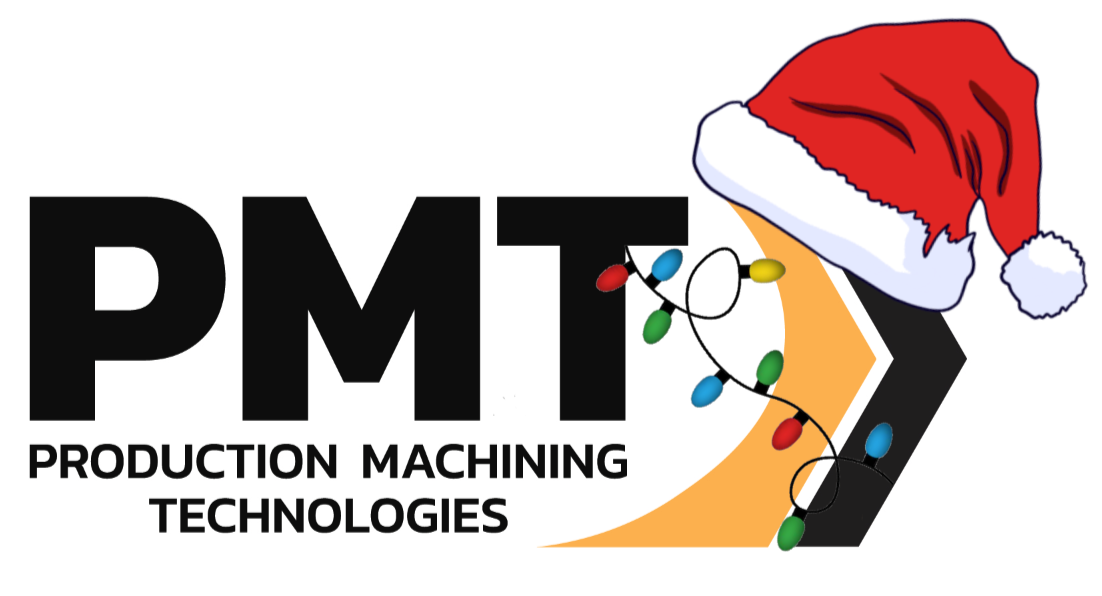Toolpath optimization is a cornerstone of efficient CNC machining operations. By refining the paths that cutting tools follow, you can significantly reduce machining time, improve product quality, and optimize resource use. Mastering effective toolpath strategies leads to better cost efficiency, enhanced precision, and increased productivity. Advanced computer-aided manufacturing (CAM) techniques play a key role in this process, offering cutting-edge solutions to refine machining operations. With the right approach, toolpath optimization can transform your CNC outcomes and boost your competitive edge.
What is Toolpath Optimization?
Toolpath optimization involves refining the programmed paths that cutting tools follow during manufacturing. This process maximizes efficiency, precision, and productivity. In CAM, a toolpath defines the trajectory of a machine’s cutting tool to produce the desired part or shape. Optimized toolpaths reduce machining time, minimize wear on tools and machinery, cut down material waste, and improve the quality of the final product.
Achieving this requires analyzing and adjusting various parameters, such as cutting speeds, feed rates, tool entry and exit points, and overall movements. Advanced CAM software solutions, like Hexagon's ESPRIT CAM, WORKNC, and NCSIMUL, leverage sophisticated algorithms to identify inefficiencies and implement optimal strategies.
For instance, a poorly optimized toolpath might include redundant movements or excessive tool changes, leading to increased production time and costs. By contrast, an optimized toolpath minimizes unnecessary actions, prioritizes direct routes, and adjusts cutting angles to reduce tool wear while delivering superior surface finishes. The result? Enhanced production efficiency, extended tool lifespan, and long-term cost savings.
Enhancing CNC Efficiency Through Toolpath Optimization
Enhancing CNC efficiency is a key goal for manufacturers seeking to maximize performance and output. Toolpath optimization is central to this process, enabling machines to perform more effectively while using fewer resources. Efficient toolpaths reduce unnecessary machine movements, conserving energy and minimizing wear on equipment.
A major advantage of toolpath optimization is the reduction in machining time. By refining cutting paths, machines complete tasks faster and with greater accuracy. This efficiency also supports smoother workflows and reduces bottlenecks, enabling a more streamlined production process.
To achieve consistent results, it’s essential to regularly evaluate existing toolpaths for inefficiencies and adjust them strategically. Doing so not only increases throughput but also lowers operational costs, aligning machine capabilities with production demands. Effective optimization ensures reliable, consistent machining cycles and supports a more sustainable manufacturing environment.
CAM Strategies for Reducing Machining Time
Reducing machining time is a top priority for manufacturers, and effective CAM strategies are essential for achieving this goal. Toolpath optimization focuses on eliminating unnecessary machine movements, enabling faster and more efficient processes without compromising product quality. Optimized toolpaths ensure precise material removal in shorter cycles, often leading to better surface finishes and dimensional accuracy.
Incorporating adaptive and dynamic toolpaths is another powerful strategy. These approaches allow machines to adjust in real time based on varying conditions, maintaining consistent performance across diverse jobs. By reducing machining time, manufacturers can increase throughput, enabling them to complete more projects within a given timeframe.
Selecting the right CAM software is also critical. Advanced features tailored to specific machining needs help maximize resource efficiency and enhance productivity. Ultimately, effective toolpath optimization supports lean manufacturing principles, promoting faster, more precise operations while minimizing waste.
Advanced Techniques in Toolpath Optimization
Advanced toolpath optimization techniques are revolutionizing CNC machining by improving efficiency and reducing costs. One effective method is optimizing tool engagement angles to maintain consistent load conditions, resulting in smoother operations and reduced tool wear. This extends tool life and enhances process stability.
Feed rate optimization is another key strategy. By adjusting feed rates based on material properties and cutting conditions, manufacturers achieve greater accuracy and stability, which is essential for maintaining tight tolerances. Advanced computational techniques, including machine learning, are increasingly being used to predict and adapt toolpaths dynamically for even greater efficiency.
High-speed machining particularly benefits from these techniques. Precise toolpath adjustments enable machines to operate at higher speeds without sacrificing accuracy, accelerating the completion of complex jobs. Enhanced simulation tools also allow manufacturers to plan better and mitigate risks before production begins.
These advanced strategies align with lean manufacturing principles by reducing machining time, conserving resources, and lowering energy consumption. The result is a more sustainable and productive operation, with predictable outcomes and superior product quality.
Leveraging Toolpath Optimization with ESPRIT CAM and WORKNC
Integrating toolpath optimization into your CNC processes requires the right tools and expertise. At PMT, we offer ESPRIT CAM & WORKNC software, designed to streamline and refine your machining operations. Our tailored solutions and training services empower you to unlock significant efficiency gains, reduce machining time, and achieve superior precision and productivity. Discover how ESPRIT CAM or WORKNC can transform your manufacturing processes and elevate your CNC machining capabilities.
